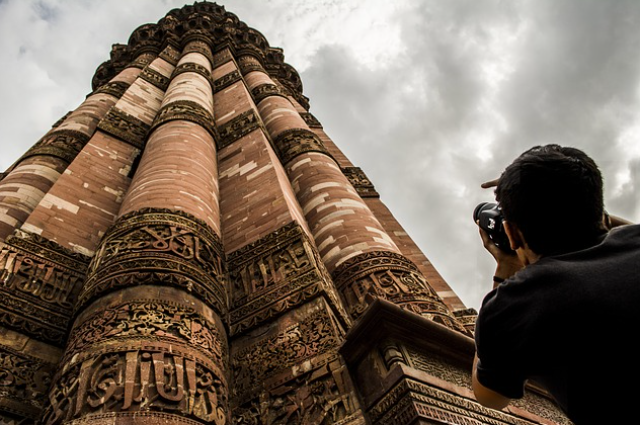
Source: mrkaushikkashish from Pixabay
India - A land of unique heritage and culture
India is an ancient land of rich history and heritage, unique arts and crafts, various cultures and traditions, multiple ethnicities, languages, religions, and demographics. One of the most unique aspects of this vast nation is her traditional arts that have survived through centuries to this present day. It is quite remarkable to note that to what great heights traditional ancient Indian art and sculpture achieved as depicted through various Hindu, Islamic, Jain, and Buddhist temples, relics, and sites dotted across the length and breadth of the country. Not just India, but across entire South Asia (Afghanistan, Pakistan, Nepal, Bhutan, Bangladesh, and Sri Lanka) and South East Asia (Myanmar, Thailand, Vietnam, Cambodia, Laos, Indonesia, and Malaysia) has significant marks and influences of Indian arts and cultures in various forms.
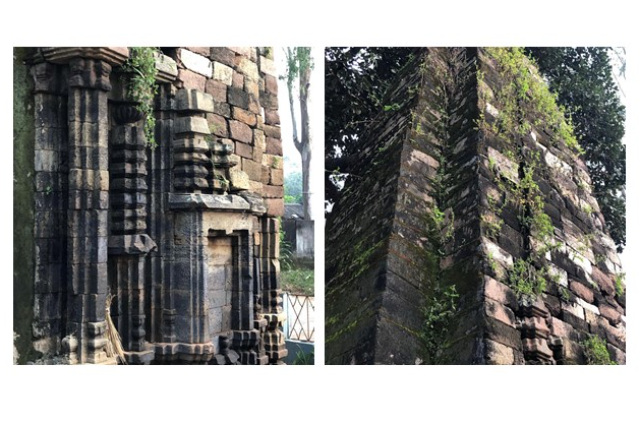
Source: Saikat Kumar Basu
This relic of a Jain temple is in a remote corner of Purulia district in West Bengal and is in crying need of restoration and conservation.

Source: Saikat Kumar Basu
The rich architecture of ancient temples, monasteries, vihars, stupas, palaces, rock edicts, pillars, and monuments spread across South and Southeast Asia represents a unique perspective of our ethnic traditions, history, creeds, and cultures. Art historians and critics across the planet have great respect and reverence for Indian art and culture for its unique floristic designs, mosaics, fresco, collage, geometric forms, and intricate complexities.

Outstanding artwork by ancient craftsmen in an isolated village in the western part of West Bengal state adjoining Jharkhand left without any care or protection from the natural elements. We are losing our glorious past heritage through negligence and lack of education and awareness. This needs to change in modern India where we are looking for a central stage in the global platform. This is further explained below in the next section.
Lack of education, awareness, and sensitivity for protecting our heritage and relic artworks
Unfortunately, it is quite sad to note that many such relics, ruins, and architectural sites in India and other countries are being not taken into serious attention for restoration, preservation, and conservation. Many such sites are subjected to repeated and unrestricted plunders by local goons, looters, middlemen as well as small and big art collectors and antique dealers for high profit illegal overseas trade of rare Indian artworks. In spite of sincere attempts by both state and central governments as well as the Archaeological Survey of India (ASI); many such unique sites are being damaged, exploited, and plundered beyond restoration, repair, or proper conservation.
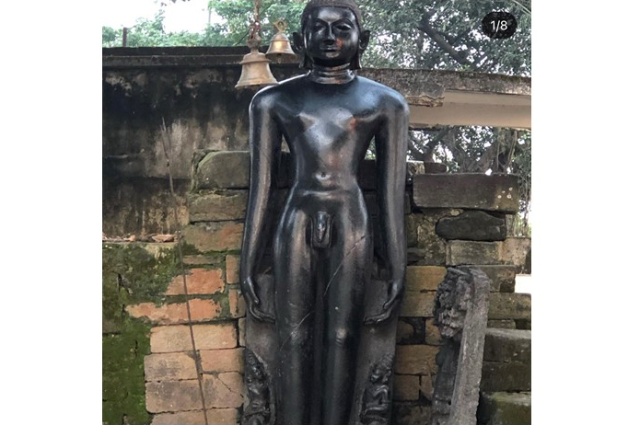
Priceless works of art are being negligently left out in remote rural corners of the country without minimal protection and conservation efforts. In this case, a relic Jain temple is being taken care of by local villagers in Purulia, West Bengal, India. This priceless monumental artwork should have been in a national or state museum for our future generations to appreciate the great heights of ancient Indian art heritage.
Lack of education and awareness regarding the sensitivity and values of such unique architectural sites among the general public is another handle for their proper protection, restoration, and conservation. Furthermore, archeology and art history are rarely taught in the general curriculum of the primary, secondary, and tertiary levels of education; unless one specializes in these realms at the level of higher education. Thus it is quite natural that the importance of protection and conservation of our ancient relics, ruins as well as historically important archaeological sites are grossly neglected by both our educated as well as illiterate sections of our society. Dishonest and corrupt business communities dealing with art objects for illegal overseas trade take advantage of such gross negligence and lack of awareness regarding archeological conservation among the public.

Source: Saikat Kumar Basu
The government support has made the conservation and restoration of a historic monument. Conservation has helped this spectacular heritage building to stand the test of time.
Urgent need for restoration, conservation, and preservation of our heritage artworks
Hence, a heinous network is developed and poor local villagers are employed to illegally collect art materials and objects from historical sites and ruins for a small amount of money by middlemen of this evil trade. Once these art objects are procured, processed, and dated; they are sent outside the international borders of India in exchange for a humongous amount of money in foreign currencies making this illicit trade highly profitable dragging more to invest into this. It is sad to mention that even those involved that even those who are involved with the actual security of the sites get involved in this trade getting a mere percentage of that evil trade. Hence it’s absolutely important to make provisions in our state and central government's annual budgets for archaeological restoration, conservation, and preservation of historic sites, archaeological ruins and fund new excavation at potential sites.
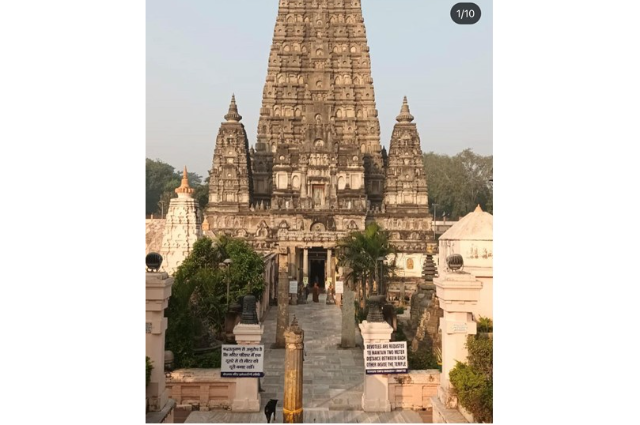
Source: Saikat Kumar Basu
Such incredible world heritage sites and monumental examples of Indian art are being targeted by illegal art collection businesses, terrorists, and other anti-social elements to inflict damage or steal priceless artworks. They are in serious need of protection.
Why do we need to conserve our past heritage?
One may ask this pertinent question as why is this so important or relevant to us? Why should we pay a portion of the taxpayer’s money for archeological restoration, preservation, conservation, and excavation? What benefits do we reap from these investments? Well, one important answer to these queries is the fact that we need to know, respect, and recognize our great history, heritage and culture to the best of our abilities. If we forget our history arts, culture and creeds, and heritage then we actually stand to lose our identity first as a society and community, next as our ethnicity and as an individual, and lastly as a nation. By ignoring our cultural heritage and arts we actually negate our own existence and identity on this planet. Finally by allowing the plunder and destruction of our historical and archeological sites we are ourselves responsible for the erosion of our own glorious past and heritage.
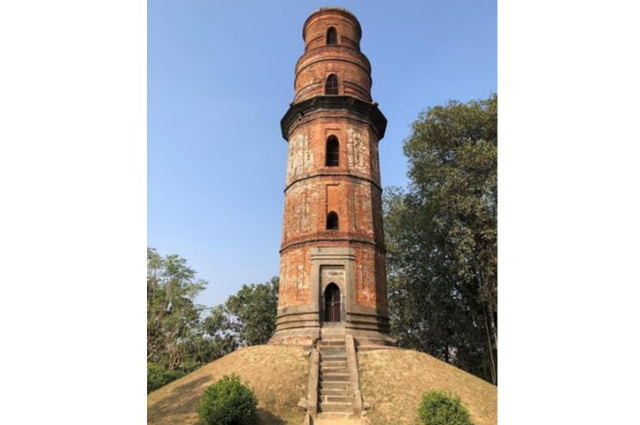
Source: Saikat Kumar Basu
What is needed from us to conserve our heritage artwork?
We will therefore be questionable to our next generation for our apt inability to secure and protect our own history, cultural traditions, and our monumental ancient artworks. But there is also a positive aspect of preservation and maintenance of our artworks, archeological sites and that is a big boost to both international as well as local and regional tourism to such sites, relics, temples and center of ancient artworks.
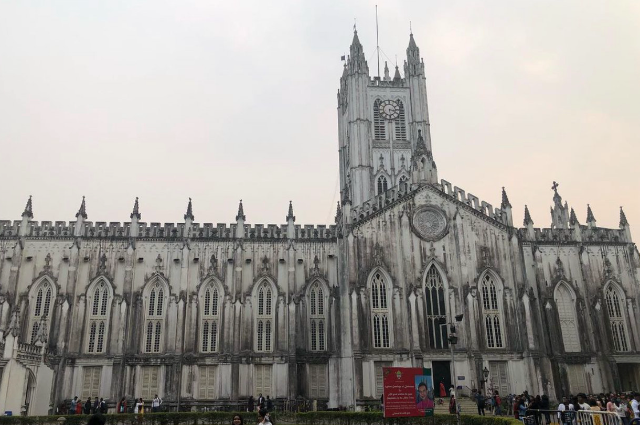
Source: Saikat Kumar Basu
Our records indicate that the economic cash flow, rates of employment, growth of tourist facilities such as hotels, motels, restaurants, roadside eateries, curio, and antique shops, gift shops as well as seasonal fairs and art markets have flourished significantly in places where such sites and relics have been unearthed. Thus the socio-economic values of such excavation sites highlighting our monumental artworks and glorious history cannot be ignored at any cost. Lastly, it is our responsibility to educate and aware our next generation about our creeds and culture, arts and architectural brilliance down the historic ages and epic periods of our glorious past and cultural heritage.

Source: Saikat Kumar Basu
Food for thought:
Relic of historic Adina mosque, Malda, West Bengal India. Photo credit: Saikat Kumar Basu Several of our national and regional museums have a rich collection of our splendid artworks from the times of Indus Valley Civilization, through the Maurya, Gupta, Sunga, Pal, and Sena ages to the Mughal period. It is important that we respect and support these great monumental artworks preserved in our museums, art galleries, and historic buildings to preserve our legacy and heritage for ourselves and our next generations. We need to inculcate the need for preservation of our neglected both ancient as well modern artworks at primary, secondary, and tertiary levels of education. Not only national heritage museums; but local and regional museums and initiatives are absolutely necessary such incredible artworks locally. But foremost what is needed is the awareness regarding the urge and need for protection….we as citizens need to realize first that our history, archaeological and artistic treasures to preserve our own identity.
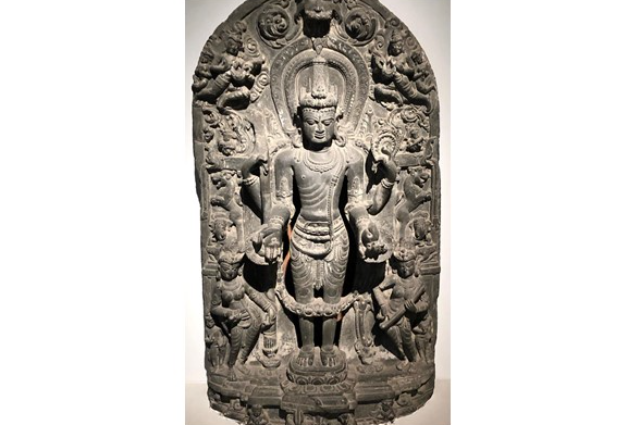
Source: Saikat Kumar Basu
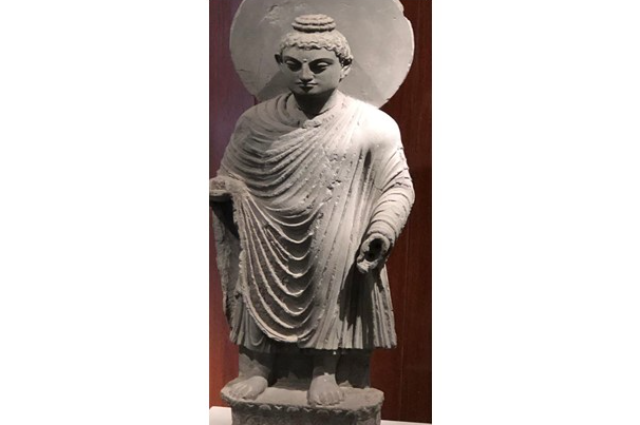
Source: Saikat Kumar Basu
